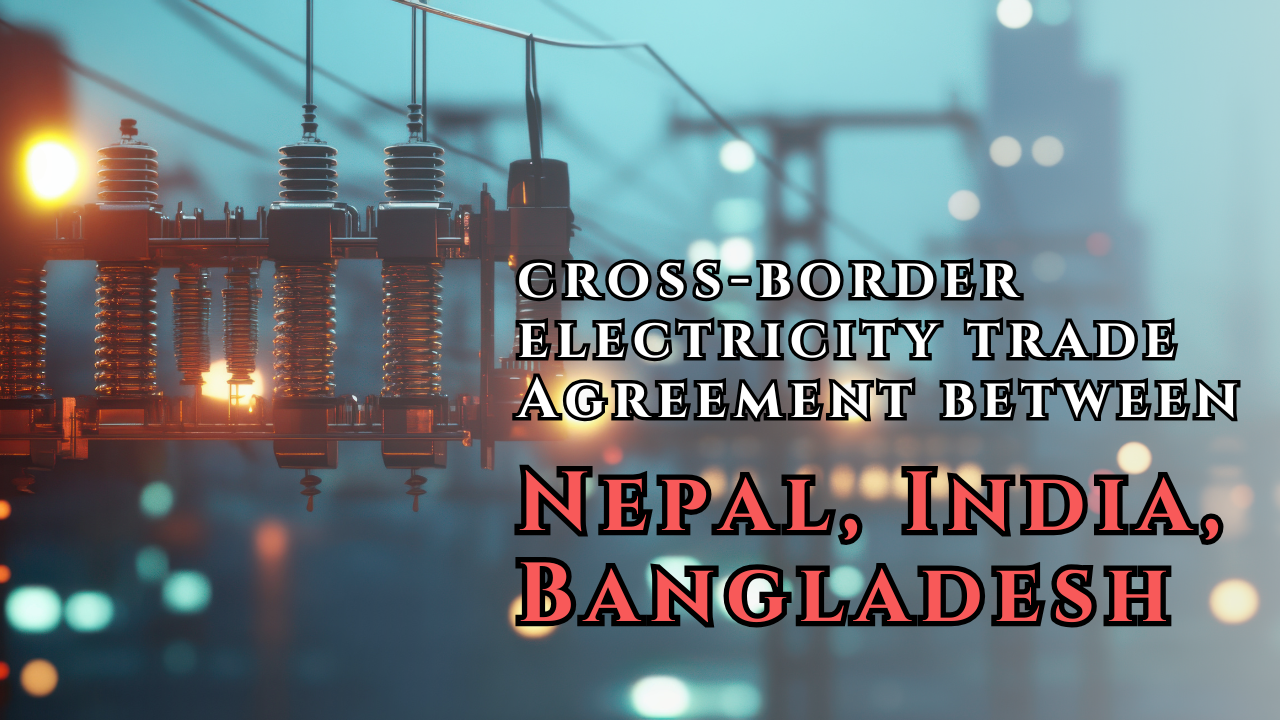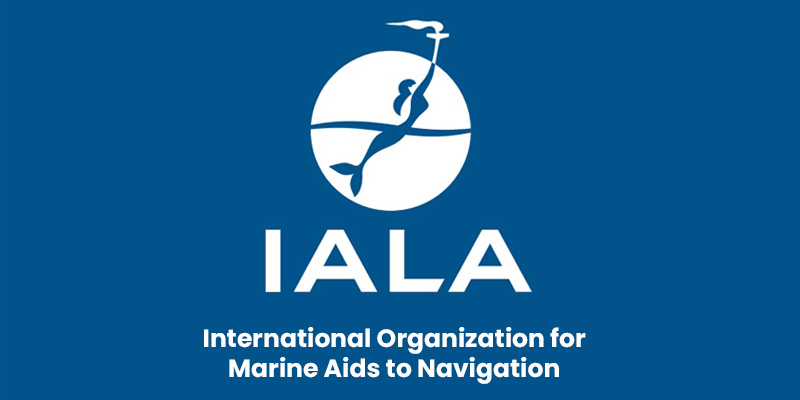Font size:
Print
League of Nations
Context:
On September 18, 1934, the USSR joined the League of Nations. However, it was later expelled from the group after the USSR invaded Finland.
About:
- The League of Nations was the first global intergovernmental organisation, established on January 10, 1920, following the Paris Peace Conference that concluded World War I.
- Its primary mission was to maintain world peace and prevent future conflicts through collective security and disarmament, as outlined in its Covenant.
- The League was formed to address the devastation caused by World War I and to prevent such a catastrophic event from occurring again. The driving force behind its creation was US President Woodrow Wilson, who proposed the League as part of his Fourteen Points—a framework for a just peace that included international cooperation and conflict resolution through dialogue rather than warfare.
Significance During the Interwar Years:
The League of Nations played a crucial role during the interwar years, although its effectiveness was limited:
- Collective Security: The League established a principle of collective security, where an act of aggression against one member would be considered an act against all. However, it lacked enforcement power and depended on member states to uphold this principle.
- Mediation and Arbitration: The League successfully mediated several disputes, such as the conflict between Iraq and Turkey over the Mosul region in 1926. It also addressed issues like labor rights and health.
- Failures: Despite some successes, the League ultimately failed to prevent aggression from rising powers like Japan, Italy, and Germany in the 1930s. Its inability to respond effectively to crises—such as the Italian invasion of Ethiopia—undermined its credibility and authority.
Russia’s Invasion of Finland:
- The Soviet Union invaded Finland in November 1939 during the Winter War, seeking territorial concessions and security assurances against potential threats from Finland’s alignment with Western powers. The invasion was part of a broader strategy by Soviet leader Joseph Stalin to expand Soviet influence in Eastern Europe following the breakdown of relations with Finland.
Finlandisation:
- The term Finlandisation refers to Finland’s post-war policy of neutrality and careful diplomacy towards the Soviet Union.
- After World War II, Finland maintained its independence while accommodating Soviet interests to avoid conflict.
- This approach allowed Finland to navigate its relationship with a powerful neighbour without direct confrontation, influencing its foreign policy for decades.
- In contemporary discussions, “Finlandisation” is sometimes used to describe how smaller nations manage their foreign relations with larger powers while preserving sovereignty.
- Russia’s recent actions have pushed Finland and Sweden to seek NATO membership, a process known as “Natoisation“.
Finlandisation and Natoisation:
- Expansion of NATO: Finland and Sweden’s accession to NATO represents a significant expansion of the alliance, bringing it closer to Russia’s borders. This is seen as a threat to Russian security interests in the region.
- Weakening of Russian influence: The “Natoisation” of Finland and Sweden reduces Russia’s ability to exert influence over these countries as they align more closely with Western powers and NATO’s security framework.
- Increased military presence: NATO’s military presence in the Nordic-Baltic region is likely to increase, with the potential deployment of additional troops, equipment, and exercises near Russia’s borders. This heightens the risk of military incidents and escalation.
- Economic consequences: Russia may face economic consequences, such as sanctions or trade restrictions if it takes actions perceived as aggressive or destabilising towards Finland and Sweden after their NATO accession.
- Symbolic setback: Russia’s invasion of Ukraine and the subsequent “Natoisation” of Finland and Sweden represent a symbolic setback for Russia’s efforts to maintain its sphere of influence in the region and prevent further NATO expansion.



